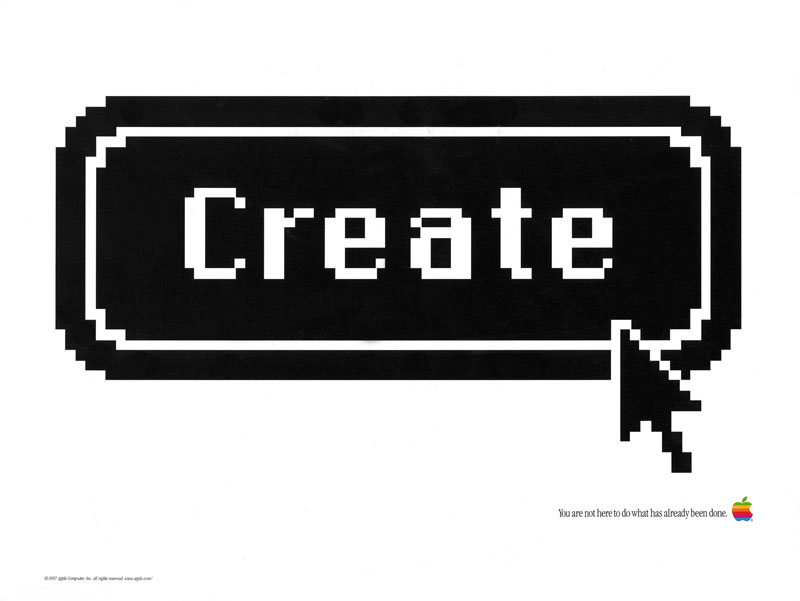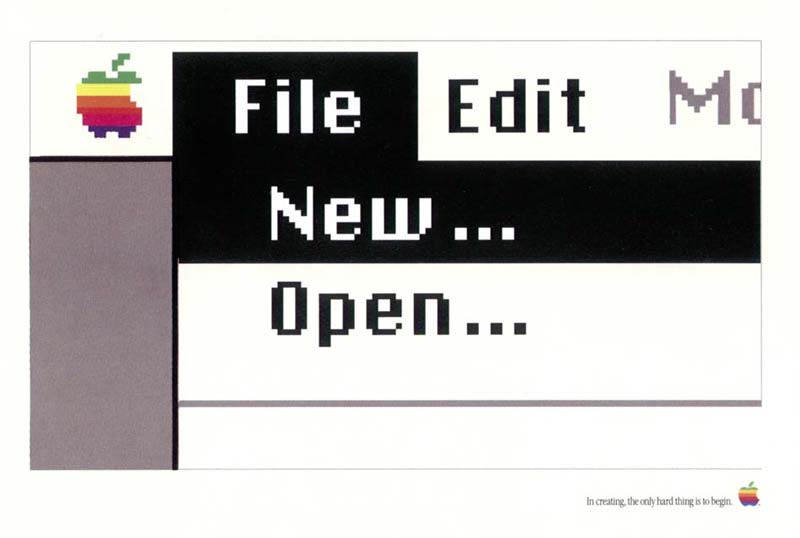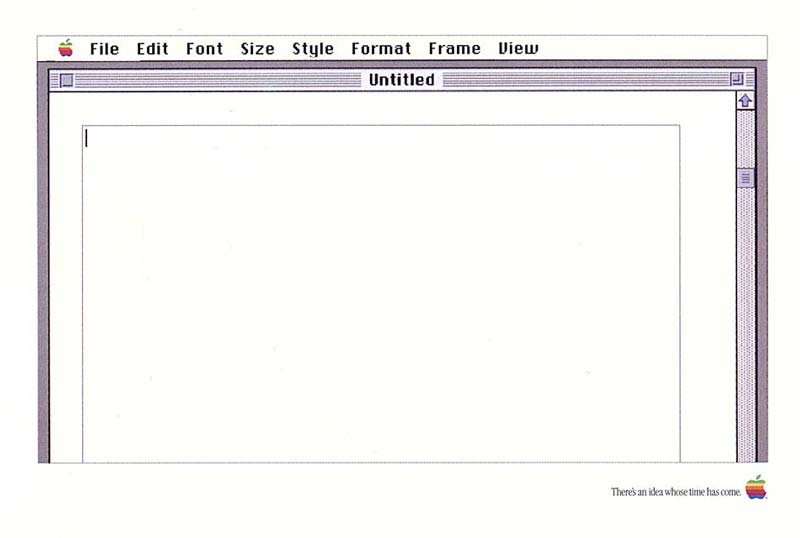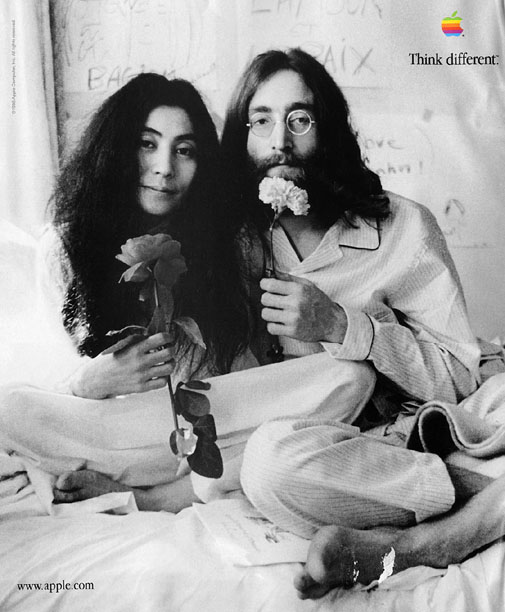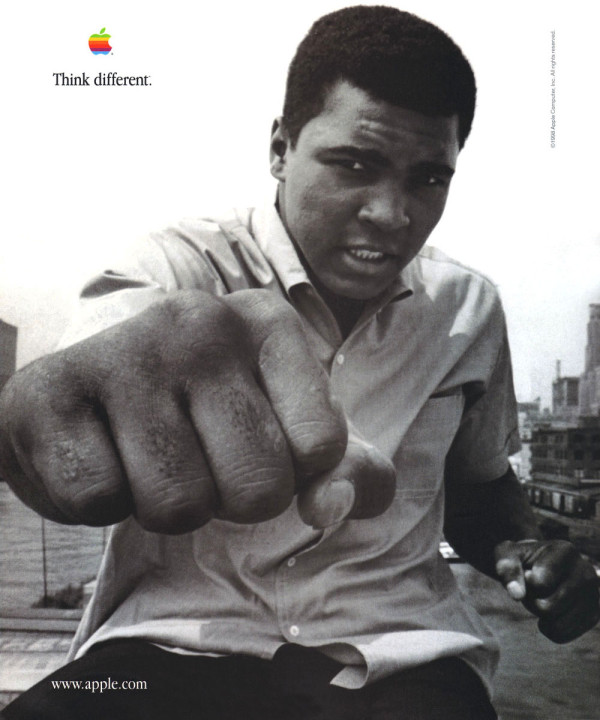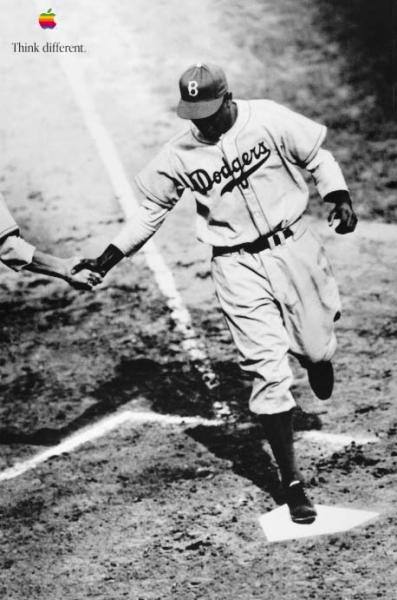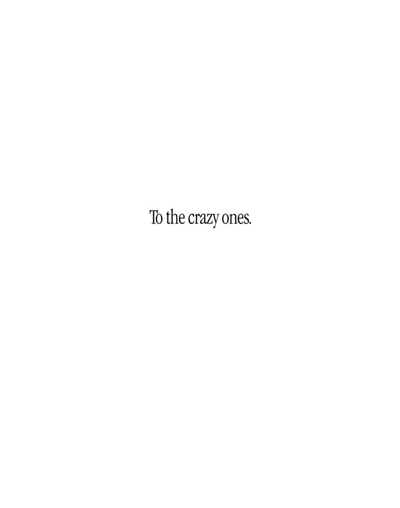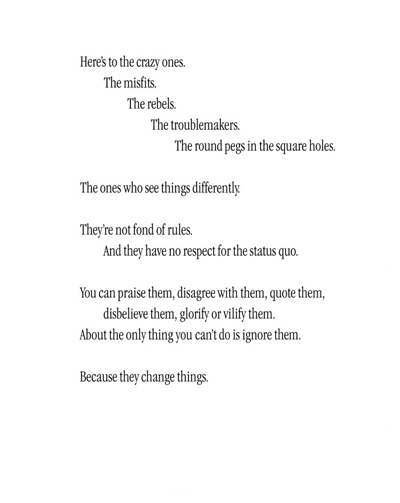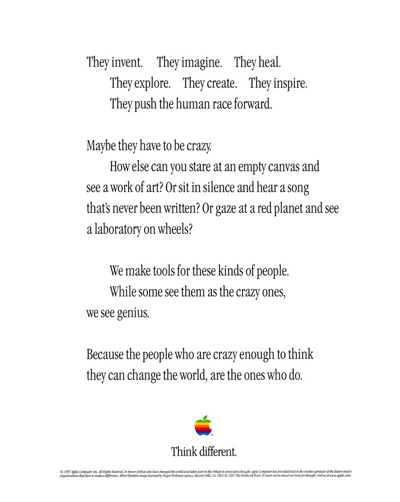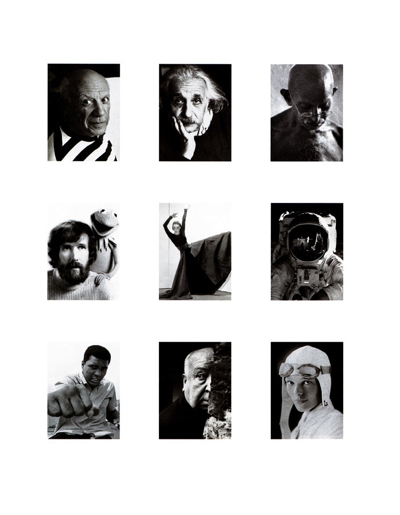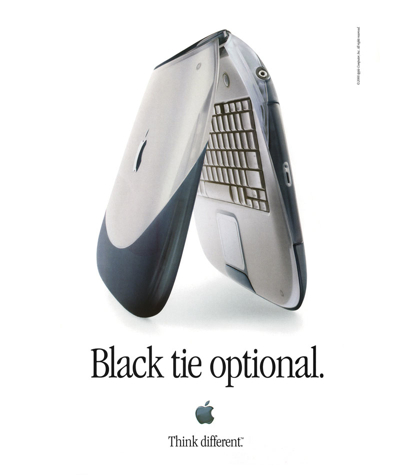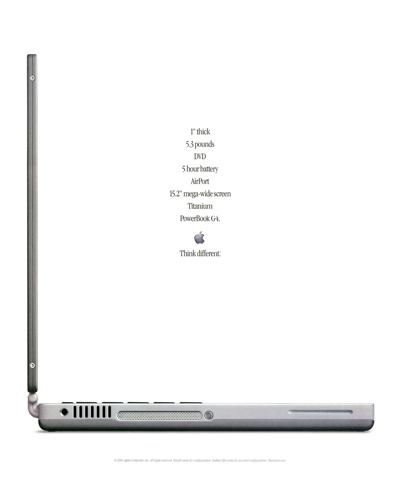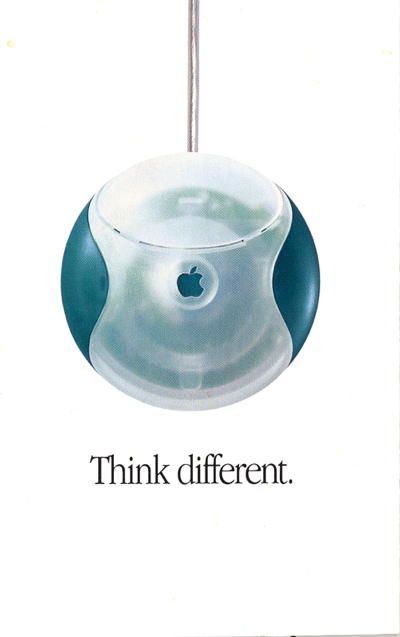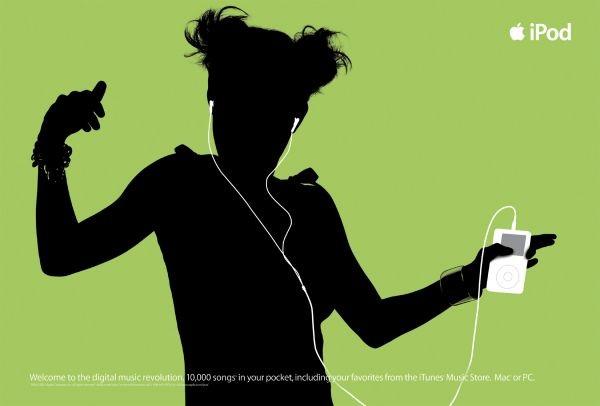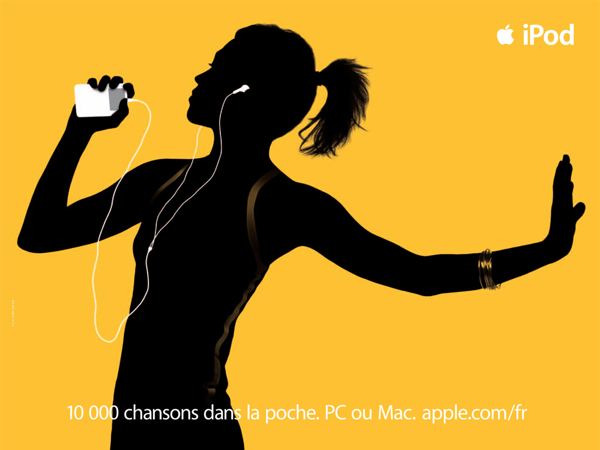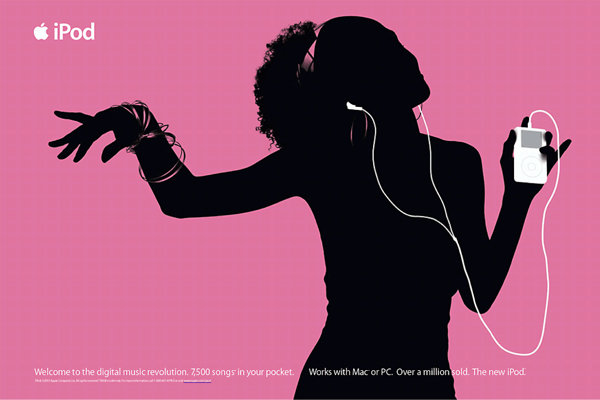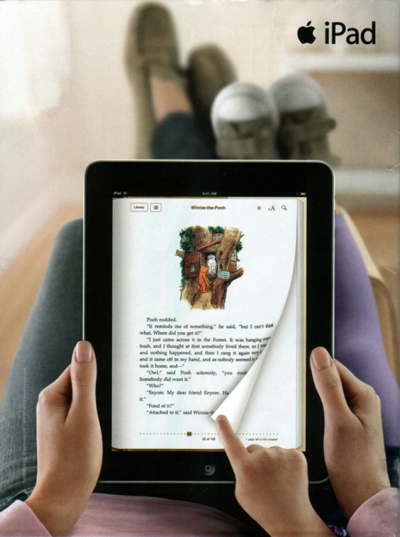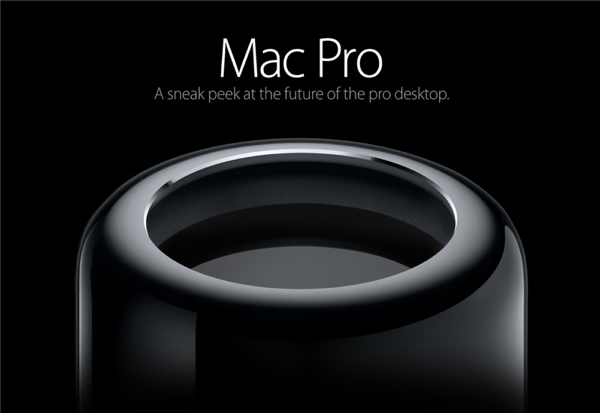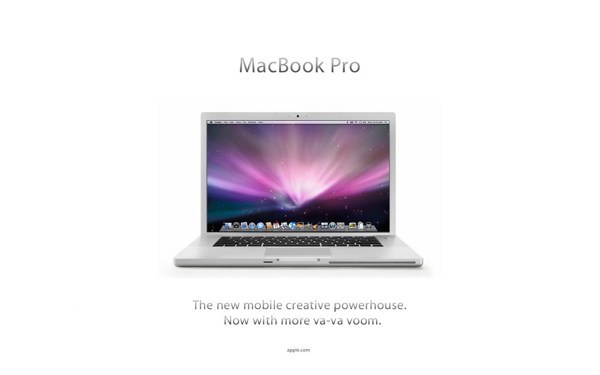Let's do a thought experiment - imagine if Twitter changed its service so that the number of followers one had was completely hidden from public view. So when you encountered a person on Twitter and looked at their profile, you'd have no idea if they had 5 or 50,000 followers. Would that change how you used Twitter? Would that change how you decided to follow people or what weight you gave to their tweets?
What if we went further and simply got rid of all numbers on Twitter, public or private. No one would know how many followers they themselves had, no one would know if their tweets got favorited or retweeted. People would simply talk to each other and see what they had to say, without having to worry about all the metrics that have become so commonplace on social networks. You'd still have indications of whether you were popular or if people liked things you tweeted, but they'd be more natural and less robotic.
In real life we don't go around with the number of our friends plastered on our forehead. We don't have metrics to figure out how many times the joke we told at a party was then retold to others. We interact more naturally than that, and it has worked for thousands of years. We actually are forced to observe others to determine if we like them, instead of distilling their entire self down to a number. We don't know everything about everyone all the time, and that can be a good thing. The unknown can spur us on to find out more and seek out people we might not have interacted with if we saw they only had eleven followers.
However, I see the counter-argument that these numbers are simply a short-cut, a way to quickly determine social dynamics without having to really understand social dynamics. You can tell immediately if a joke is funny by the number of favs and retweets the joke gets. You don't have to pick up on any social cues anymore, it's simply mathematics. I'm sure this appeals greatly to people that are bad at socializing in real life and like the more simplified set-up that boils things down to clear and obvious data points. It's probably not a coincidence that computer geeks are the ones that created these systems.
But, ultimately I don't think this distillation of socializing down to numbers is a good thing. I do realize I might just be living in the past and have some idealized view of social interactions before the internet. However, I think these numbers are stripping a layer away from our humanity that is important. When we focus more on the numbers and less on the actual people behind the numbers, we lose something. Our interactions become skewed towards getting those numbers, and socializing becomes more a video game with a set goal, rather than simply enjoying people's company.
What's the solution though, can this trend be reversed?
I think if someone did create a new social network similar to my thought experiment, without any stats or metrics, that might help eliminate this phenomena. People would sign up and start interacting with others, not knowing how many followers they had on the service or whether their posts got shared or liked. They’d start to care more about the actual interactions, because that’s all there would be. I'm not sure this network would be successful, but at least it would be something different and pull us ever so slightly back into reality.




